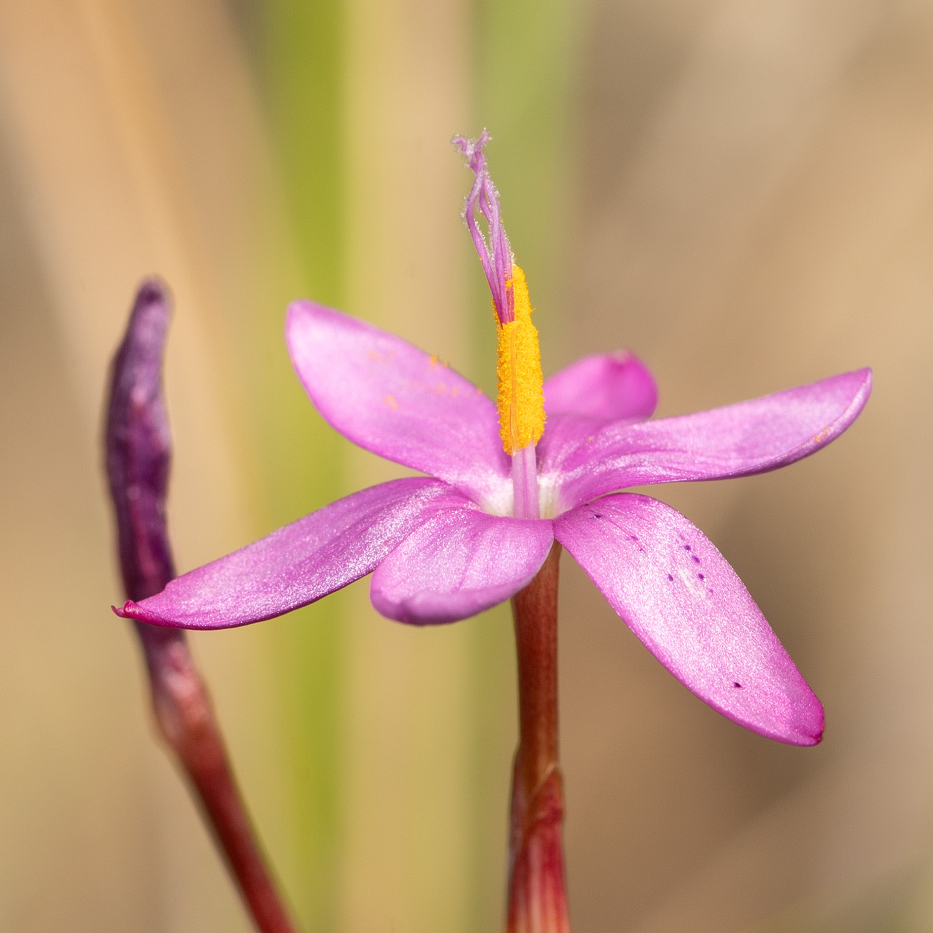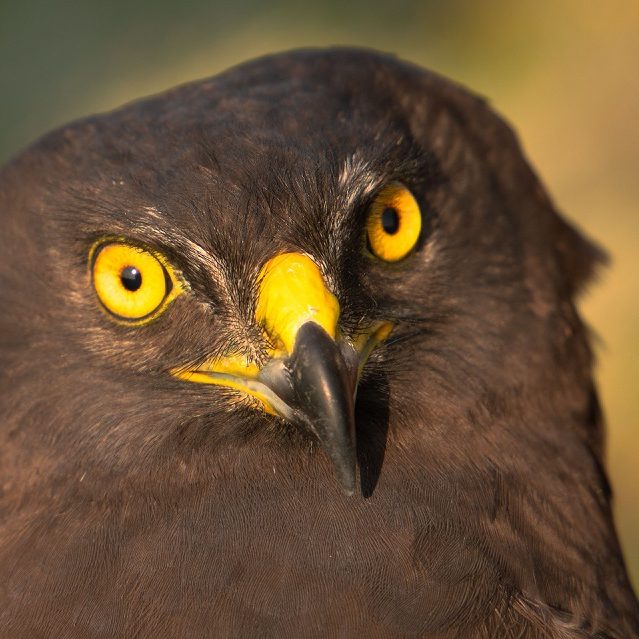What did IUCN NL do in 2024? Read…
17 April, 2025
Monday 27 november 2023
Header photo: Renosterveld is a floral ecosystem. © Overberg Renosterveld Conservation Trust
Renosterveld, which literally translated means ‘rhino veld’, is part of the Cape Floral Kingdom – the smallest and richest of the six plant kingdoms in the world. It’s known as the shy sister of the more well-known fynbos habitat but is arguably the richest of all Mediterranean shrublands. However, renosterveld faces extinction, with only 5% of the original extent remaining on the planet. This landscape has been shaped by decades of large-scale agriculture, meaning that most of what’s left untouched occurs as tiny fragments on outcrops, steep hills and in valleys in the Overberg Rûens. Despite this, renosterveld still provides a haven for an abundance of biodiversity.
The remaining islands of virgin renosterveld are, however, threatened by overgrazing from livestock, inappropriate fire regimes, illegal damming, further ploughing and invasive alien plants. Without a clear and decisive strategy to secure and connect these remnants, renosterveld will be lost forever.
The recent purchase of a key portion of property represents a major milestone achievement within the greater strategic plan of the ORCT. The conservation team that collaborated with the ORCT to buy the Plaatjieskraal property, situated 40km south of the town of Swellendam, included WWF South Africa, the UK-based World Land Trust, the IUCN NL Land Acquisition Fund, and WildLandscapes International, based in North America. The property will be managed by the ORCT, in partnership with the World Wide Fund for Nature (WWF) South Africa, and the World Land Trust.
Dr. Odette Curtis-Scott, Director of the ORCT‘We are thrilled that 500 hectares have now been added to the 500 hectares of Haarwegskloof. These two reserves together now make up the most extensive area of protected renosterveld on earth.’
According to Dr. Odette Curtis-Scott, Director of the ORCT, ‘This is a powerful collaboration of like-minded organisations from across the world. This is significant because it shows that renosterveld is, at last, being recognised internationally. It is really exciting for us to be working with these incredible partners.’
The negotiations to secure the Plaatjieskraal property took 16 years, until a deal was finally reached with the landowner in 2023. Curtis-Scott says the acquisition is essential because the farm is home to nearly 500 hectares of intact renosterveld. In contrast, around three quarters of remaining renosterveld are less than one hectare in size – the equivalent of one rugby field.
The acquisition also doubles the size of the existing Haarwegskloof Renosterveld Reserve, purchased in 2013 through a joint initiative by WWF South Africa and the ORCT. Plaatjieskraal will be declared a Nature Reserve and managed together with Haarwegskloof. ‘We are thrilled that 500 hectares have now been added to the 500 hectares of Haarwegskloof. These two reserves together now make up the most extensive area of protected renosterveld and are part of the largest cluster of contiguous renosterveld left on earth.’


The Haarwegskloof/Plaatjieskraal cluster also supports one of the largest breeding hotspots for the Black Harrier, an endemic, Endangered species that relies on large, natural, intact habitats in which to breed. There are only an estimated 1300 individuals left of this charismatic raptor.
This was one of the reasons that the IUCN NL Land Acquisition Fund became involved. According to Marc Hoogeslag, coordinator of the Fund, ‘As the Land Acquisition Fund of IUCN NL, we did not only look at protecting the habitat of renosterveld’s charismatic animal species, but also took the fauna in this botanically unique region into account.’
Curtis-Scott says the dream is to connect all the remaining large remnants together up to the De Hoop Nature Reserve, a coastal fynbos nature reserve managed by the provincial conservation authority CapeNature. This could be achieved by buying land where farmers are willing to sell subdivided portions of unused natural vegetation, but also by working with farmers who love their ‘veld’, to sign conservation easements committing their land to conservation in perpetuity through a voluntary title deed restriction.
Dr. Odette Curtis-Scott, Director of the ORCT‘This broader landscape approach to conservation is our only chance of building resilience in these severely threatened environments, particularly towards the anticipated changes to our climate.’
Curtis-Scott says, ‘The purchase of Plaatjieskraal’s renosterveld is the culmination of 16 years of perseverance and the formation of incredible partnerships. Conservation at the coalface is a tough and challenging place to be and we have once again been reminded that persistence, eventually, pays. We are now one step closer to our dream of a contiguous renosterveld reserve that ultimately connects to a coastal fynbos reserve.’
‘Much remains at stake, and we will not stop here. If we want to preserve this biodiversity hotspot and all its extraordinary hidden jewels, we need to conserve this system in its entirety, conserving its species and the crucial ecological processes that keep the system alive. This broader landscape approach to conservation is our only chance of building resilience in these severely threatened environments, particularly towards the anticipated changes to our climate.’